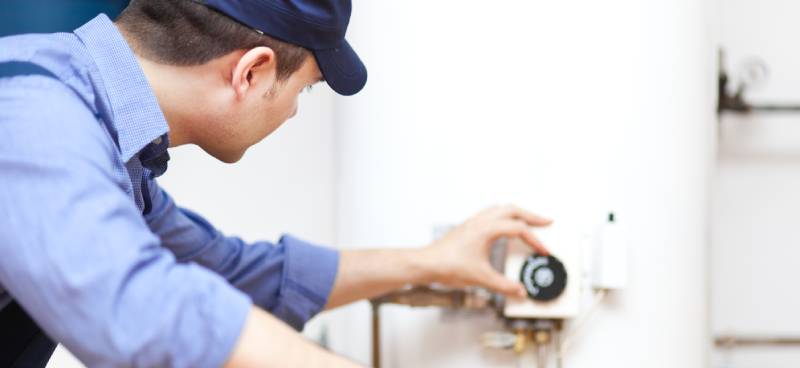A Plumber’s Guide to Diagnosing Water Heater Problems

As a plumber, you’re invaluable to homeowners everywhere. After all, when homeowners deal with emergency home repairs, calling professionals like yourself is one of the first things they do. If they call you for a water heater problem, it’s your responsibility to be able to diagnose and fix the problem as quickly as possible. Below is a plumber’s quick guide to diagnosing water heater problems, both gas and electric.
The Basics
Regardless of the type of heater you’re servicing, your first step should be to check for any obvious signs of damage. This might include leaks, corrosion, or unusual noises. This initial inspection can quickly identify the issue in a lot of cases.
Additionally, sediment buildup in the tank can cause issues for both gas and electric water heaters. If this is the problem, tell your clients that flushing the tank regularly prevents sediment from interfering with the heating elements and reduces efficiency.
Common Problems To Watch For
If the problem isn’t obvious, you’ll have to check for heater-specific issues. For that, you need to have a deep understanding of the differences between gas and electric water heaters and how their unique problems manifest. Below are common issues with both to watch for.
Problems With Gas Water Heaters
Pilot Light Issues
For gas water heaters, the pilot light is often a point of failure. Ensure the pilot light is on and burning blue. If it’s out or burning yellow, there may be a problem with the gas supply or the thermocouple.
Gas Supply Problems
Verify that the gas supply is active and sufficient. Turn the gas control knob to the “On” position and check the gas lines for leaks.
Problems With Electric Water Heaters
Heating Element Failure
Electric water heaters rely on heating elements to warm the water. If the water is not reaching the desired temperature, test the heating elements for continuity. Replace any faulty elements immediately.
Thermostat Malfunction
Faulty thermostats can also cause inconsistent water temperatures. Use a multimeter to test the thermostat. If it’s defective, replace it to restore proper function.
After Fixing the Issue, Recommend Regular Maintenance
Once you fix the issue, you want to equip your clients with the skills and information they need to prevent the problem from reoccurring. Make sure they understand the importance of routine inspections and cleanings. Next, give them your card should they need help or encounter the issue again.
By following this plumber’s guide, you can swiftly diagnose and resolve most water heater problems, ensuring your clients receive the best possible service.



3 Comments
Terri Quick
Thank you for sharing
heather
I was cringing as I read this one. We have gone through so many water heaters because we have hard well water.
Tamra Phelps
Oh boy, the worst issue ever in an apartment I rented was when the water heater leaked all of its water onto the bathroom florr, lol. Ugh. What a mess.